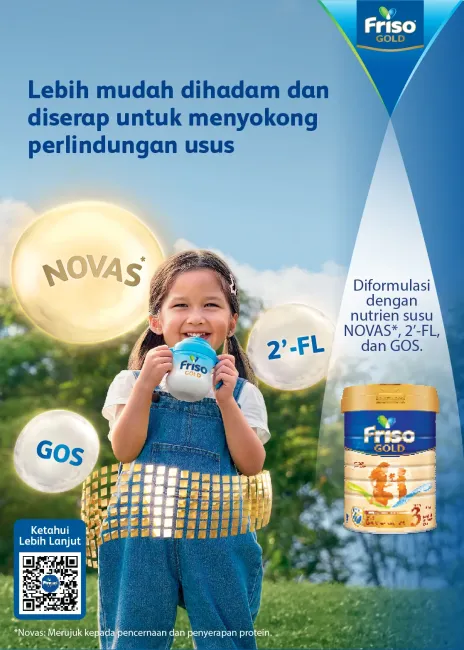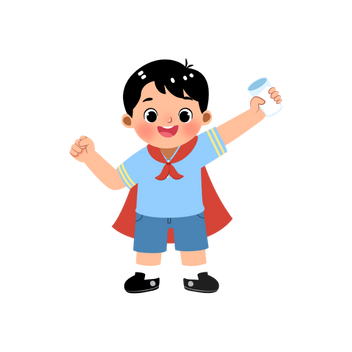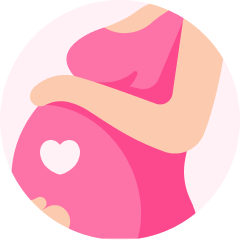Jaundice is not a disease; it is the yellowish color of the skin and the whites of the eye – the sclerae. You may get alarmed when your baby gets jaundice. However, jaundice is a problem commonly seen in infants, and usually causes no harm. Jaundice in newborns indicates that there is an excess amount of bilirubin building up in the baby’s blood.

Causes of Jaundice in Children
Red blood cells release bilirubin during their normal breakdown process, and bilirubin will be broken down by your liver. When the baby is still in his or her mother’s body, it is the liver of the mother that clears out the bilirubin for them. When the baby is born, his liver can do this job by itself. The newborn’s liver, from time to time, is unable to undertake this task quickly enough, leading to the accumulation of bilirubin. Since it is a yellow compound, the increased content of bilirubin can cause yellow skin or sclerae.
Jaundice usually occurs in preterm babies, when the baby’s liver is still developing, or when your baby does not receive enough breast milk or there is something in the breast milk that triggers jaundice.
With jaundice in toddlers and older children, it may be because of some conditions that have a direct or indirect effect on the levels of bilirubin in their body.
- The bile duct gets inflammed or blocked, thus being unable to remove bilirubin
- Liver inflammation or infection
- Hemolytic anemia can speed up the breakdown of red blood cells, leading to jaundice
- Gilbert’s Syndrome occurs and prevents the disposal of bile from the body
- Pre-hepatic jaundice can be caused by medical conditions such as thalassemia, sickle cell anemia, malaria, hereditary sperocytosis
- Hepatitis A, B, and C can lead to hemolytic jaundice
Symptoms
An obvious sign of jandice is the yellowish color of the skin and the whites of the eyes. Usually, the yellow color begins on the face, and spread to the other parts below such as chest, stomach, arms and legs when the level of bilirubin is high.
Treatments
Usually, jaundice will disappear in one or two weeks. Here are some treatments that your doctor may suggest:
- Extra feedings. The more breast milke your baby consumes, the more often he or she can poop; this can help remove bilirubin from the body.
- Doctors will place your baby under blue-green lights, which can help the removal of bilirubin through urine.
- Exchange transfusion. If other methods do not take effect on your baby’s jaundice, which may accordingly be severe, a blood transfusion, or an exchange transfusion, may be required. Your doctor will draw small amounts of your baby’s blood and replace it with blood from a donor.
Hello Health Group does not provide medical advice, diagnosis or treatment.
[embed-health-tool-bmi]

















